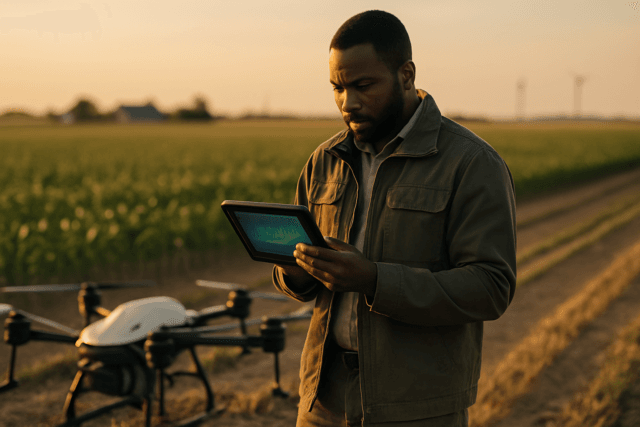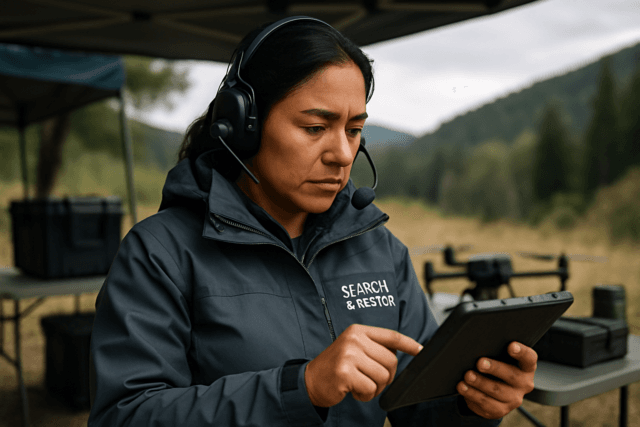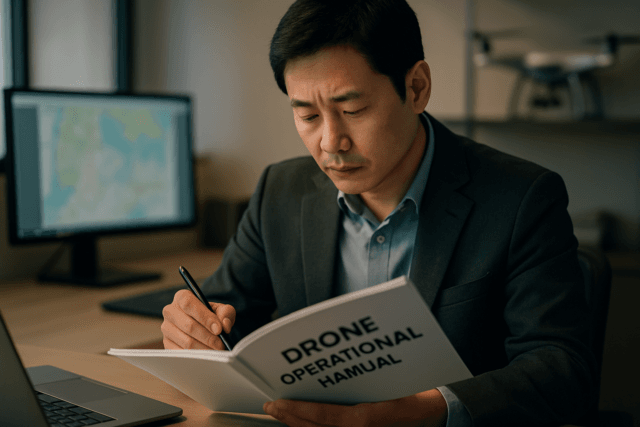The futuristic vision of packages silently descending from the sky to our doorsteps is rapidly becoming a reality. Drone delivery services promise unprecedented speed and efficiency, but their widespread adoption hinges on a complex and evolving tapestry of legal frameworks. Understanding these regulations is crucial for both operators and consumers as the technology integrates into our daily lives.
The Global Regulatory Landscape for Drone Delivery
Drone delivery to individuals is a relatively new field, and as such, regulatory bodies worldwide are working to establish comprehensive rules. These regulations often aim to balance innovation with public safety, privacy, and security concerns. While specific rules vary by country, common themes emerge from the leading aviation authorities.
United States: Federal Aviation Administration (FAA)
In the United States, the Federal Aviation Administration (FAA) is the primary authority governing civil aviation, including drones. The FAA has established a framework for commercial drone operations, largely outlined in Part 107 of the Federal Aviation Regulations, which covers aspects like pilot certification, aircraft registration, and operational limitations.
Key FAA regulations and ongoing developments include:
- Remote Pilot Certification: Operators must obtain a Remote Pilot Certificate by passing an aeronautical knowledge test.
- Aircraft Registration: All commercial drones must be registered with the FAA.
- Operational Limitations: Historically, drones were largely restricted to operating within the visual line of sight (VLOS) of the remote pilot, below 400 feet above ground level, and during daylight hours, unless a waiver was obtained.
- Beyond Visual Line of Sight (BVLOS): A significant hurdle for scalable drone delivery has been the VLOS requirement. However, the FAA has proposed a landmark BVLOS rule that could revolutionize the industry by allowing drones to operate beyond direct visual contact, paving the way for more efficient and cost-effective delivery models. This proposed rule is expected to take effect in early 2026 and shifts from prescriptive checklists to industry consensus standards to foster innovation.
- Part 135 Certification: For widespread package delivery, drone operators often need to navigate the FAA’s existing Part 135 certification process, which was originally designed for manned air carriers. This involves a multi-phase process to obtain an operating certificate and often requires exemptions from regulations not applicable to drones.
- Airspace Restrictions: Operators must comply with airspace restrictions and obtain necessary authorizations for flights in controlled airspace.
- State and Local Laws: While the FAA governs national airspace, state and local governments can also implement their own specific rules, creating a complex, multi-layered regulatory environment that can complicate statewide or nationwide services. These may dictate flight altitude, operational hours, and permits, as well as address noise and privacy concerns.
European Union: European Union Aviation Safety Agency (EASA)
The European Union Aviation Safety Agency (EASA) has established a comprehensive regulatory framework for drone services across all member states, aiming for uniform drone rules. EASA’s regulations categorize drone operations into “open,” “specific,” and “certified,” each with distinct requirements.
Key aspects of EASA’s framework include:
- Uniform Rules: Introduced in 2020, these rules streamline cross-border operations within the EU.
- Risk-Based Categories: Operations are categorized based on their risk level, enabling drone services like parcel delivery in urban areas under medium-risk specific categories.
- Pilot Registration and Training: Similar to the FAA, EASA rules require operators to register their drones and undergo training.
- Airworthiness Standards: EASA has published airworthiness standards, known as Special Condition Light UAS Medium Risk, for certain operations.
- U-Space: EASA is also working on a “U-space” regulation, which is the European brand for Unmanned Aircraft System Traffic Management (UTM) systems, intended to manage drone traffic and avoid mid-air collisions.
United Kingdom: Civil Aviation Authority (CAA)
The UK’s Civil Aviation Authority (CAA) is also actively developing its regulatory framework for drone delivery. Recent proposals aim to facilitate BVLOS flights for various applications, including medical deliveries and infrastructure inspection.
Highlights of UK CAA initiatives:
- BVLOS Trials: The CAA is conducting trials to integrate drones flying beyond visual line of sight into UK airspace, gathering safety data on aspects like drone detection and avoidance.
- Proposed New Rules: The CAA has proposed rules that would permit drones to fly BVLOS at low heights and close to buildings and infrastructure where few other aircraft operate. This includes allowing flights on private property up to 15 meters in height without prior permission.
- “Future Flight” Program: This initiative aims to integrate innovative airspace use through industry and government collaboration, with ongoing sandbox trials exploring BVLOS operations.
Critical Considerations Beyond Core Flight Rules
Beyond the fundamental aviation regulations, several other legal and ethical considerations are paramount for drone delivery to individuals.
Privacy Concerns and Data Protection
Drone deliveries introduce significant privacy challenges, primarily due to onboard cameras and sensors. Many individuals are concerned about drones invading their personal space or collecting footage without consent.
- Data Collection and Usage: Drones collect data such as flight paths and customer locations. Concerns exist about who has access to this information, how it’s stored, and whether it could be used for purposes beyond delivery logistics or sold to third parties.
- Remote ID Mandates: FAA safety regulations require drones to broadcast their locations with an identifier (Remote ID), which allows third parties to track drones and potentially link customers to their delivered products. This raises security risks for customers, as flight patterns could be used to infer personal information or even lead to targeted advertisements.
- Mitigation Strategies: Companies are encouraged to be transparent about data collection, adhere to strict privacy laws, and ensure drones do not “peek” into private properties. Research suggests that privacy-enhancing routing strategies, such as adding intermittent stops, could mitigate these risks, although they might incur additional costs or delays. Consumers have also shown a willingness to pay more for privacy-enhanced delivery options.
Security Risks and Countermeasures
The increasing complexity of drone delivery systems also introduces cybersecurity and physical security threats.
- Cybersecurity Threats: Drones are susceptible to hacking, data breaches, spoofing, and GPS jamming, which can disrupt operations, compromise systems, and even lead to hijacking or deviation from programmed routes. The reliance on AI algorithms for autonomous navigation also presents a new vector for cyberattacks.
- Theft and Malicious Use: The concept of packages being dropped from the sky without direct human oversight raises concerns about porch piracy, theft, or even the hijacking of drones for malicious purposes. Robust security measures, including secure communication protocols, are essential.
- Infrastructure Issues: There is currently no comprehensive air traffic control system for unmanned aerial vehicles, which could lead to mid-air collisions in dense urban areas.
Liability and Insurance Obligations
Accidents, though rare, are an inevitable consideration. Clear legal frameworks are necessary to determine liability if a drone crashes and causes damage or injury. This involves evaluating who is responsible among manufacturers, operators, and software developers. Comprehensive insurance schemes specifically designed for drone operations are essential to protect both operators and the public.
Airspace Management and Integration
Integrating a large number of drones into existing airspace systems is a complex challenge. Regulatory bodies are working on creating “drone corridors” and developing air traffic management systems specifically for unmanned aerial vehicles (UTM). National and international collaborations are critical for creating a harmonized system to prevent mid-air collisions and maintain overall airspace safety.
The Future of Drone Delivery Regulation
The legal frameworks governing drone delivery are dynamic and continue to evolve with technological advancements and increasing operational demands. As drone technology matures, regulations will need to adapt to accommodate new operational modes, such as fully autonomous systems and increased payload capacities. The goal is to establish clear guidelines, robust safety standards, and effective enforcement mechanisms to support the responsible and sustainable growth of the drone delivery industry, ultimately transforming last-mile logistics for individuals.





